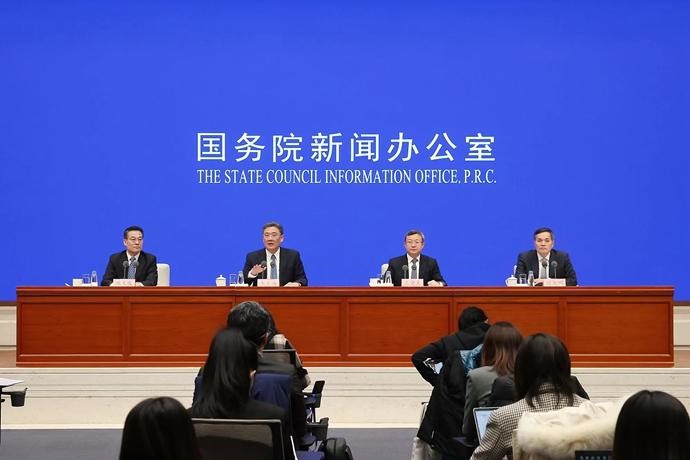A most remarkable survey was conducted by Scott Rasmussen and reviewed in an article by the Heritage Foundation’s Jarrett Stepman. The poll is now being referred to as the “Elite 1%”. It discovered and measured the enormous gulf between America’s ruling elite and the average citizen on a variety of issues and the results were nothing less than appalling.
The ruling elite in this poll typically had postgraduate degrees, lived in densely populated urban areas, and earned more than $150,000 per year. A few of the more important things they had in common included very favorable opinions of university professors, lawyers, union leaders, journalists, and members of Congress. They were more socially liberal, and they were less likely to trust citizens to govern themselves. They were comfortable with censorship and regulating the lives of ordinary people. Seventy-two percent of the elite would prefer to live where guns are outlawed while 77% would ban private ownership of firearms completely. What’s worse? The elite were okay with rigging “the system” to ensure they stay in power. Specifically, among the politically active elite, 69% would want their team to cheat rather than accept voters’ decisions. Not only are these people dishonest, they are also deluded! Some 82% of politically active elites think most voters agree with them on important issues.
These one-percenters, unfortunately, effectively shape and control society by controlling academia, the media, social media, and core government positions. As the creators of the project noted, the underlying attitude of the elites reflect an implicit rejection of the founding ideal that governments derive their only just authority from the consent of the governed.
Ironically, while this poll was being released, simultaneously, both Hillary Clinton and John Kerry unwittingly made statements validating the results. Clinton stated that without more regulation of misinformation (information she disagrees with) on social media (read that X-formerly Twitter), “we will lose control”. Meanwhile Kerry called the First Amendment a “major block” to keeping people from believing the “wrong” things.
Unfortunately, here in California, the effort to punish people for not towing the line of the elite is fully established. Take as an example the statements by two members of the California Coastal Commission as it affects Elon Musk’s ability to increase the number of Space X launches from Vandenberg. The chair of the commission and one of its members both cited Mr. Musk’s support of Donald Trump’s presidential campaign as a reason for denial, along with his tweeting of “political falsehoods”. Incidentally, Musk was denied his permit by the vote of these two commissioners. Hopefully, the Space Force base commander will continue to insist the State Coastal Commission has no say on what happens on this federal installation as Musk prepares to sue the commission for a violation of his constitutional rights.
In another example of California regulatory agencies going rogue, this past week the social and environmental justice organization known as CAUSE sent out an invitation for community leaders to join them in a “Toxic Tour” of farmlands and oil wells in northern Santa Barbara County. What’s worse? At the top of the invite was the logo for the California Department of Pesticide Regulation indicating the agency was a cosponsor of the tour. Moreover, the post card also indicated that representatives of the California Air Resources Board would be along for the ride.
What an outrage! First, any company highlighted by the tour should sue CAUSE and the related agency sponsors for defamation because there is no reason to believe that any farmer or oil field operator in our county is not in complete compliance with the laws governing the use of so-called toxic materials. Moreover, the involvement of these agencies indicates a predisposition of an unwarranted prejudicial bias against any companies not given fair notice of this tour to rebut the information being presented and discussed. In other words, these unelected bureaucrats signed up to participate and serve on a kangaroo court without informing the accused, let alone giving them the opportunity to defend their reputation and legal business practices.
California, the one-party state, is the poster child for the saying that “power corrupts, and absolute power corrupts absolutely”.
Andy Caldwell is a distinguished Government Watchdog and Radio Talk Show Host









